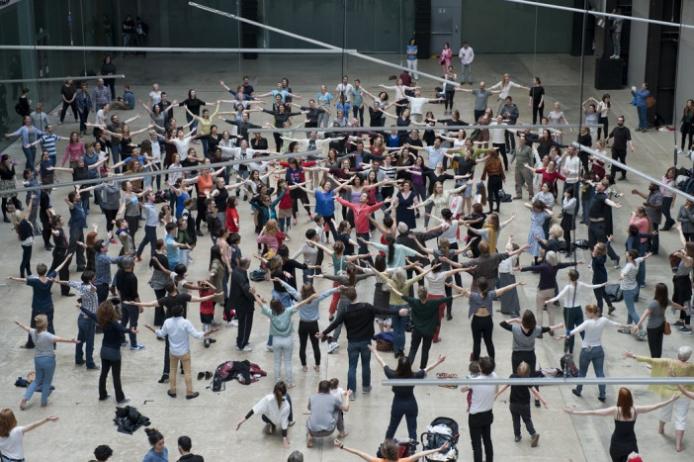
In the 1960s performance was seen as fundamentally different from the sort of art that could be collected or shown within mainstream art museums. It was live, and its ephemerality challenged entrenched notions of art based on artistic skill, medium specificity and market value. But today performance has come to be seen as a set of strategies available to contemporary artists, one that is not inherently different from other art forms and not at all beyond the bounds of what a museum can and should present to its publics. Performance - as both live actions and repeated, captured and collected iterations - has become a major acquisition and display priority for Tate and other galleries in recent years.
To map and investigate this shift in the place of performance in relation to art museums Tate launched in 2014 a two-year major research project in partnership with the University of Exeter. Funded by the Arts and Humanities Research Council, the project set out to trace the evolving nature of performance practices as seen through Tate's own history.
Now published on Tate's website, Performance at Tate: Into the Space of Art is a multi-layered exploration of the place of performance art and performativity in the museum. The lead essay by Jonah Westerman argues against seeing performance as a medium or genre and urges that it should be understood instead as an interrelated set of questions about how art relates to its audiences and the wider social world. The publication also provides detailed case studies of individual art works and events, together with an interactive timeline. Bringing together previously little known audio, films and videos, photographs, and museum documents drawn from Tate's Archive, the project reveals the richness and depth of the gallery's engagement with performance from the 1960s to today, offering new insights into the museum's role in framing and interpreting performance.
Performance at Tate: Into the Space of Art is one of an ongoing series of major online research publications that aim to throw fresh light onto the art and artists represented in Tate's collection.